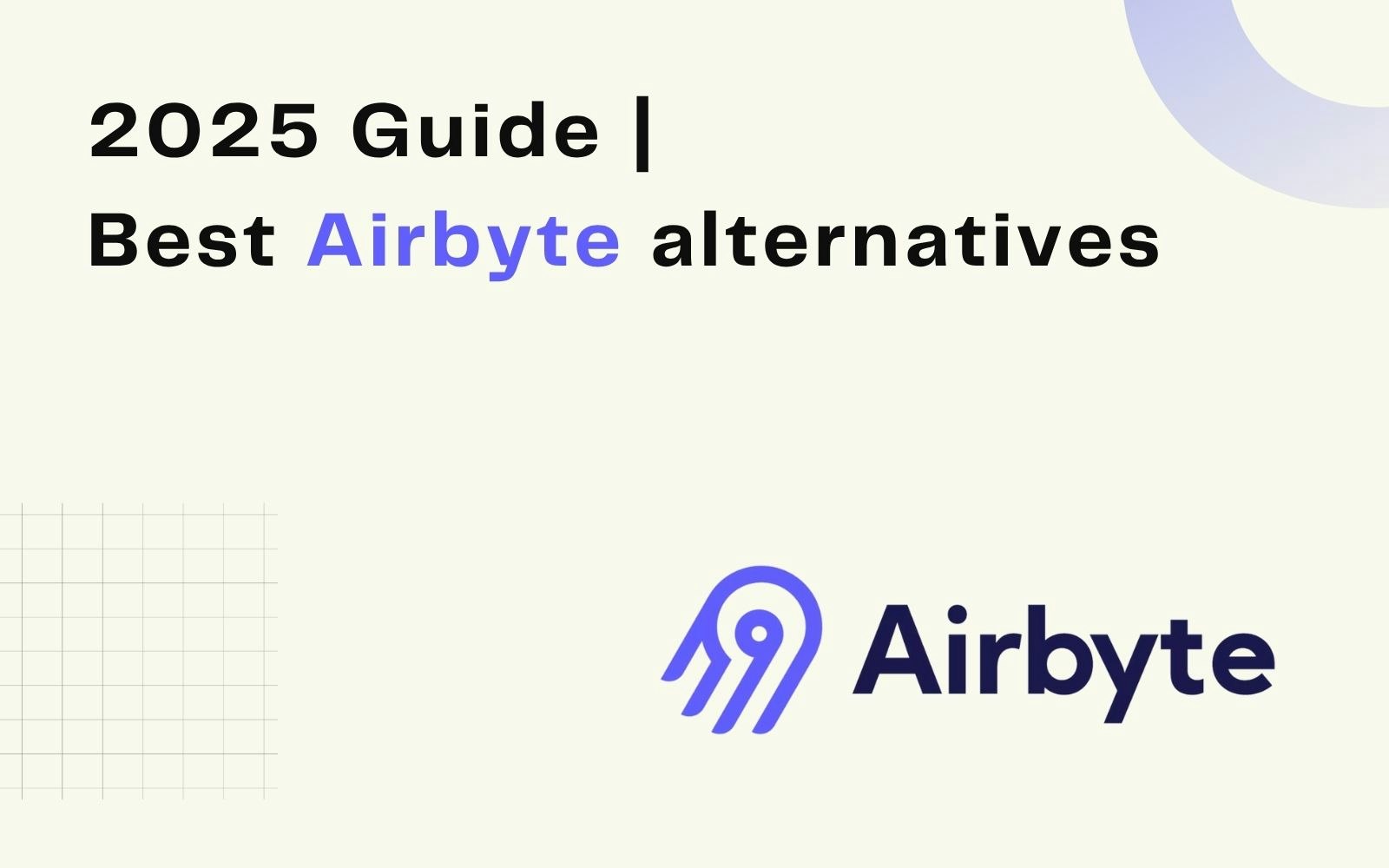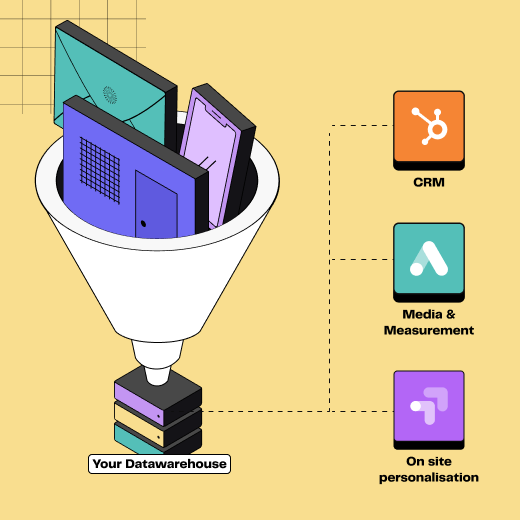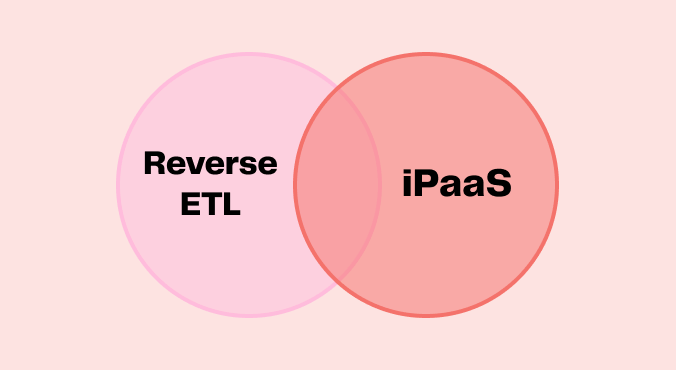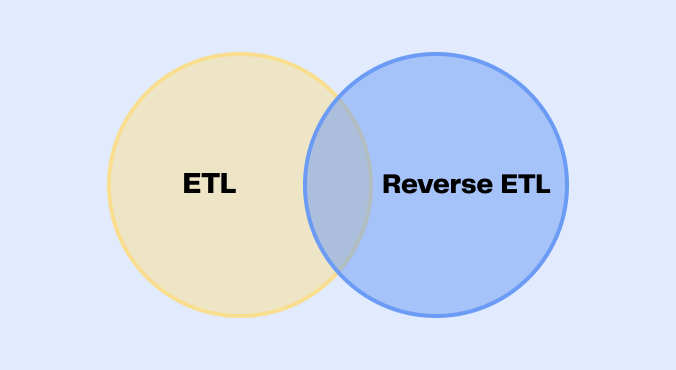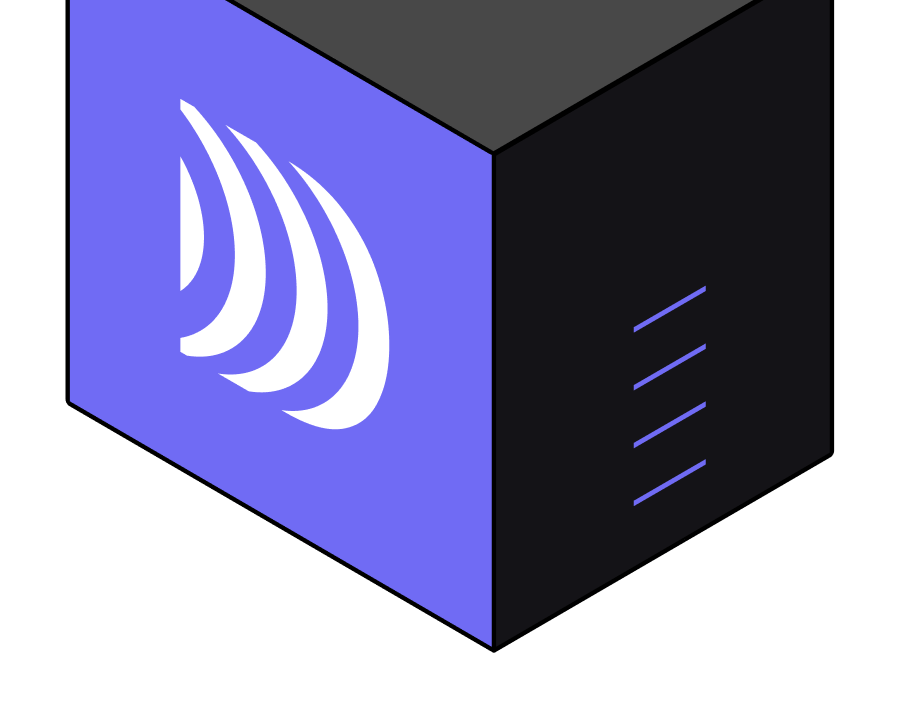Data integration is a key step for any company looking to make better use of its data. It involves collecting and consolidating information from multiple sources.
Airbyte has established itself as one of the leading tools in this field. Flexible, open source, and backed by a large developer community, it’s a popular choice for many data teams.
But like any solution, Airbyte has its limitations and may not meet every need. Other platforms offer different approaches — some of which may be better suited to specific contexts.
Key Takeaways:
Airbyte is a data integration tool based on an ELT model (Extract, Transform, Load), launched in 2020. It currently supports over 500 sources and destinations.
It appeals to technical teams thanks to its flexibility, customisable connectors, and developer-friendly interfaces.
Airbyte may not be suitable for certain business-oriented use cases or companies looking for a ready-to-use solution.
Alternatives exist, offering simpler, more marketing-friendly, or more comprehensive approaches depending on your needs.
🔎 Learn about Airbyte’s core features, what makes it strong and where it falls short. Explore the best alternatives to find the right fit for your data stack. 💡
What is Airbyte?
Airbyte was founded in 2020 in San Francisco by two French entrepreneurs: Michel Tricot (ex-LiveRamp) and Jean Lafleur.
From their previous experiences, they identified two key trends:
The growing interest of companies in cloud data warehouses.
The amount of time data teams spend building and maintaining pipelines to make data available to business teams.
Airbyte was created to address the “buy or build” dilemma and streamline data integration. The tool quickly gained traction thanks to its open-source positioning and highly active developer community.
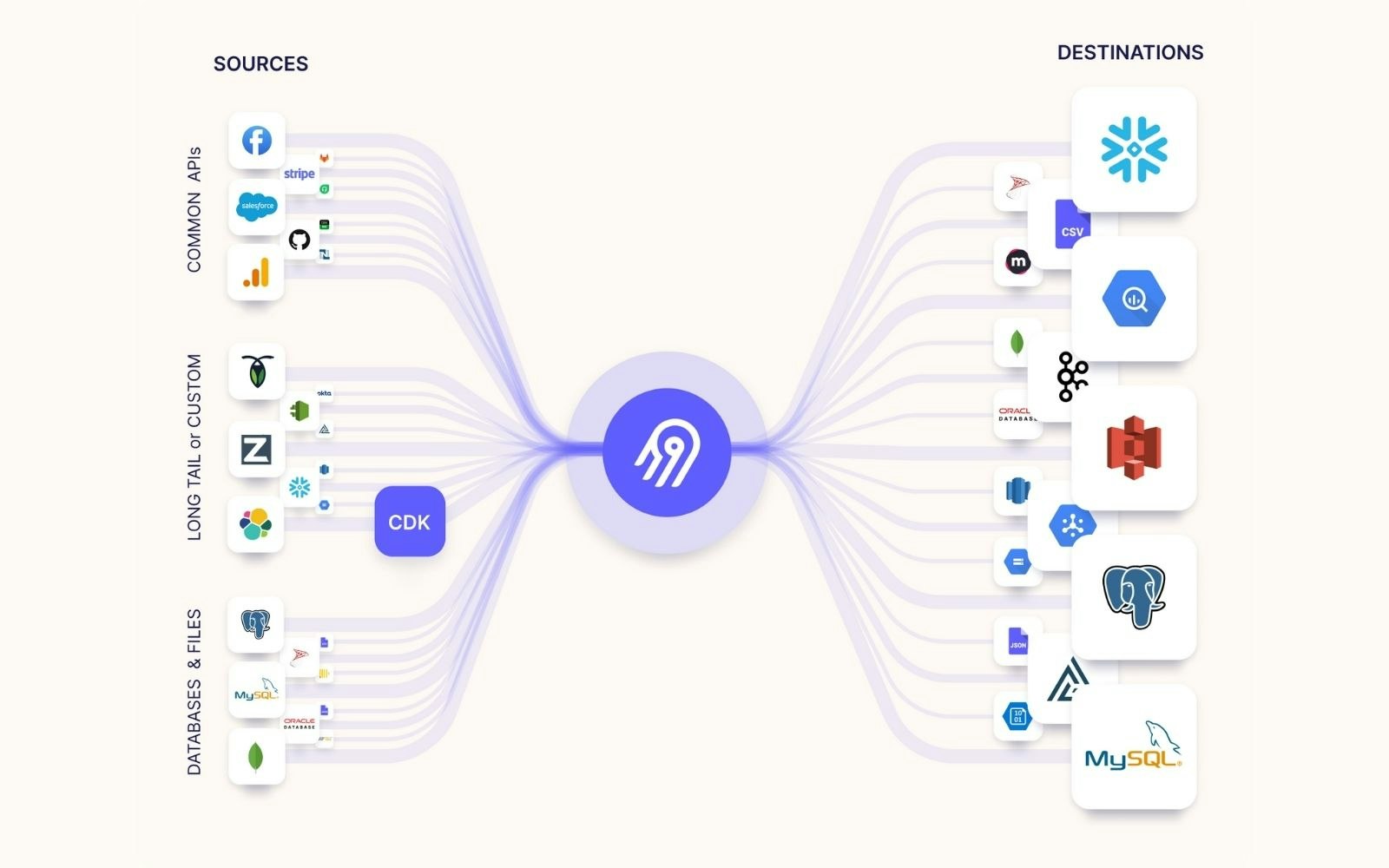
Airbyte aims to cover the long tail of connectors
In less than three years, the platform reached nearly 30,000 users and hundreds of GitHub contributors. It now offers over 500 data connectors (sources and destinations), a no-code connector builder, and developer-focused interfaces.
Often positioned as an open-source alternative to Fivetran, Airbyte aims for a more modular and flexible model. Its founders now describe it as an open data movement platform, with the ambition to cover the entire data value chain from ingestion to activation (Reverse ETL), much like Rivery.
👇
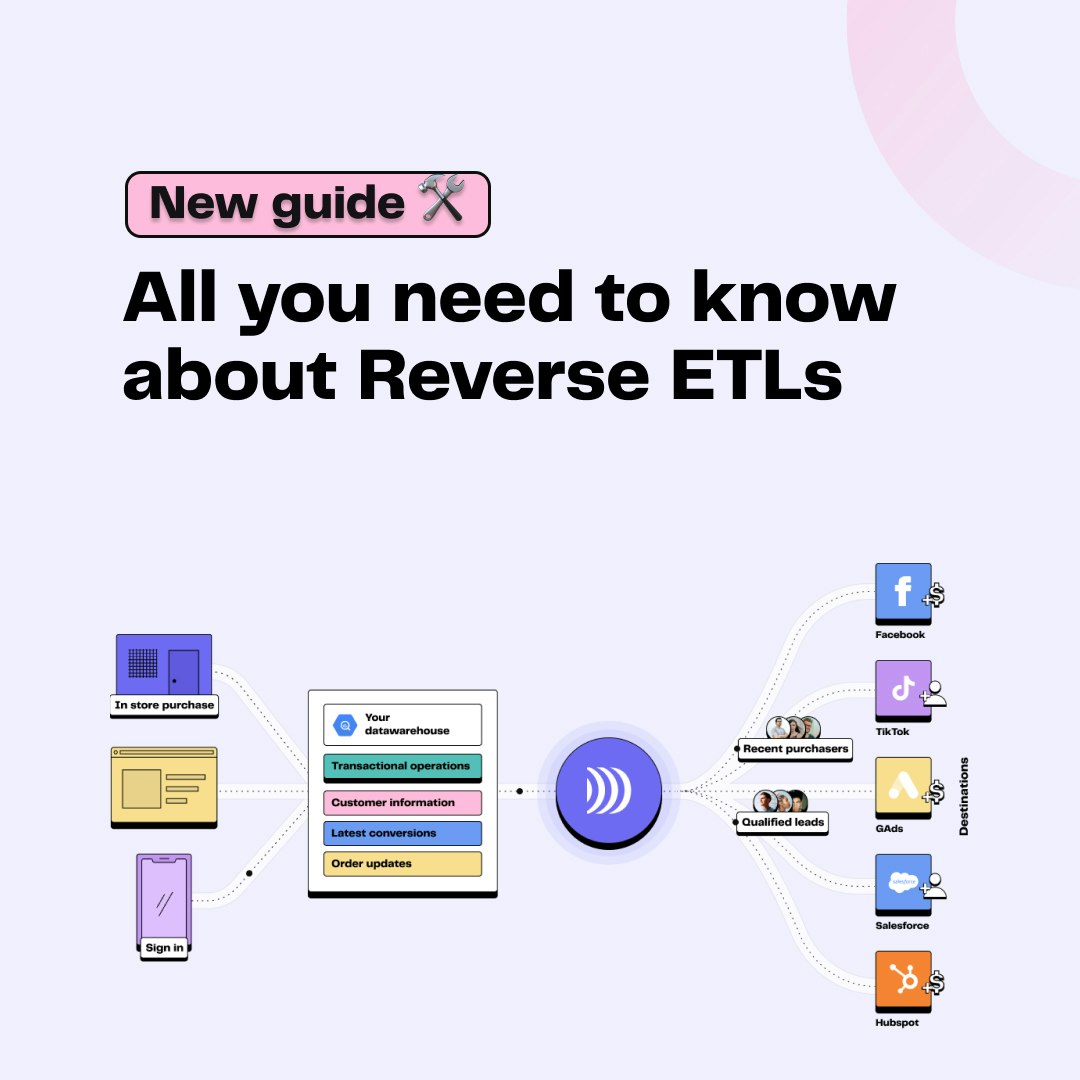
Understanding Reverse ETL
Business Model
Like Rudderstack, Airbyte is built on an open-source model. However, that doesn’t mean the tool is completely free. The open-source, self-hosted version is freely available and suitable for technical teams able to manage infrastructure and maintenance.
For companies seeking more features and ease of use, Airbyte offers a hosted Cloud version, with usage-based pricing. This lets teams focus on pipelines without managing technical aspects.
More advanced plans (Teams and Enterprise) include additional features such as user management, enhanced security, multi-user access, and premium support.
Airbyte thus combines the openness of open-source with commercial offers tailored to the scalability and compliance needs of large organisations.
Core features
1️⃣ Data ingestion and synchronisation
Airbyte can extract and load data from hundreds of sources into destinations such as BigQuery, Snowflake, Redshift, or PostgreSQL. Its architecture follows an ELT approach: data is extracted and loaded first, then transformed in the target warehouse.
It mainly operates in batch mode, with synchronisations scheduled at regular intervals. For some sources, Change Data Capture (CDC) enables more efficient syncs by transferring only the data modified since the last run.
An alerting system helps manage pipeline failures. Connectors are regularly updated by the Airbyte team and its active community, ensuring broad coverage and continuous improvement.
2️⃣ Open-source custom connectors
From the outset, Airbyte has stood out for its ability to quickly provide or adapt connectors to meet the specific needs of each company. The platform offers several tools to facilitate customisation:
A Connector Builder with a graphical interface that lets users create a connector in minutes, with no coding required.
A full low-code CDK (Connector Development Kit) for developing custom connectors in Python.
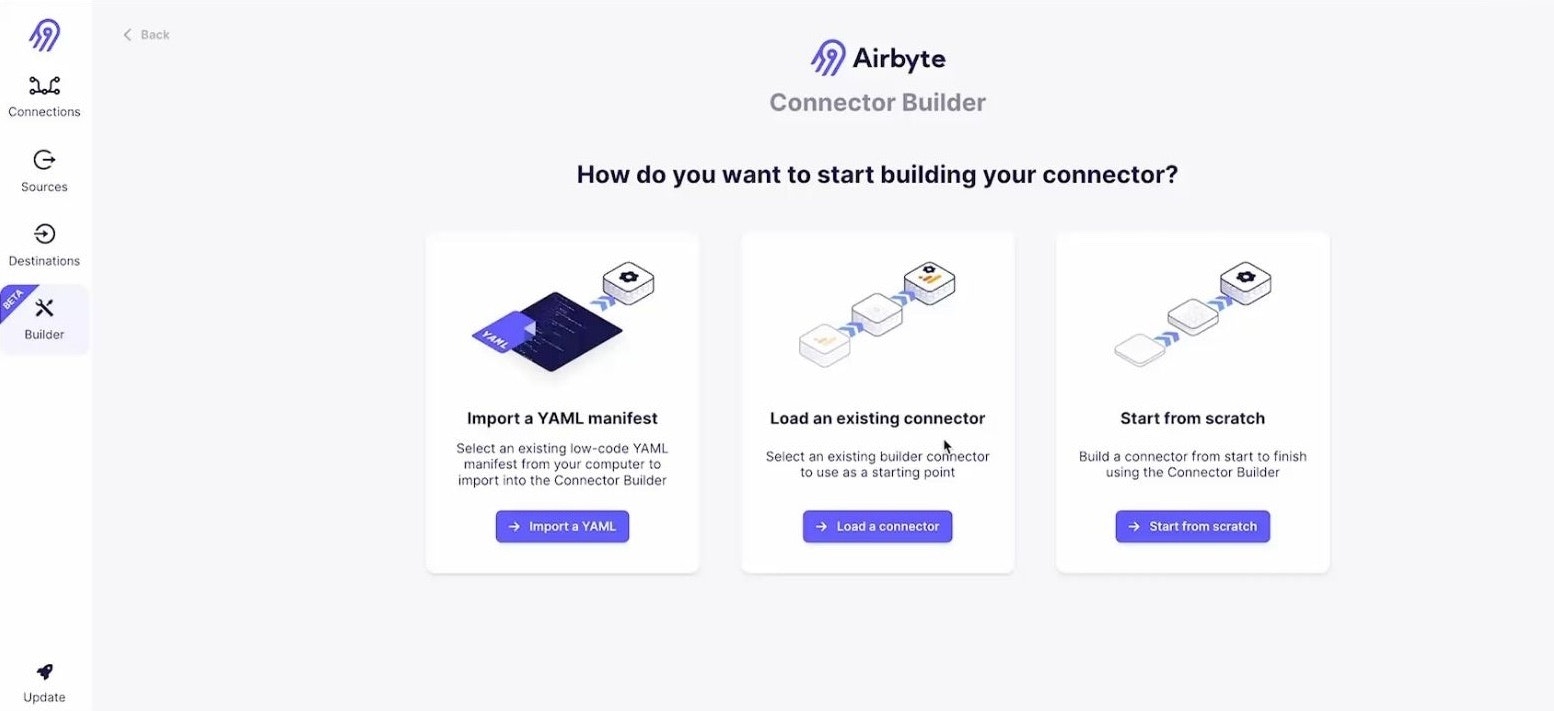
Airbyte connector builder
Since version 1.0, an AI-assisted feature helps pre-fill certain creation steps. The open-source approach guarantees high flexibility, especially valuable for companies dealing with rare or proprietary pipelines.
3️⃣ Developer-oriented interfaces
Airbyte offers several ways to manage pipelines, depending on user preferences and technical skill levels:
A web interface for building flows, requiring some technical knowledge.
A Terraform Provider to automate deployment in complex environments.
A full REST API to manage connections, run synchronisations, and monitor jobs.
A PyAirbyte library for Python developers to seamlessly integrate Airbyte into workflows.

PyAirbyte
These features make Airbyte particularly popular among technical teams seeking granular control over data ingestion.
4️⃣ Support for Machine Learning / LLM use cases
Airbyte is adapting to the needs of generative AI, with connectors and features designed for unstructured data pipelines:
Compatibility with various vector databases to support data storage.
Pre-processing steps that can be integrated into flows to prepare data for RAG (Retrieval-Augmented Generation) models
These capabilities make it an increasingly relevant tool for feeding AI applications built on documents or enriched content.
Limitations of the platform
Airbyte has become a widely recognised solution in just a few years. However, it does have certain limitations depending on the user and use case.
Very technical approach: The platform is primarily designed for developers and data engineers, with an interface tailored to those already familiar with data integration tools.
Its ELT-first model requires the use of a tool like dbt for data transformation. This adds complexity to workflows and demands strong coordination.
In the open-source version, hosting can be challenging. It requires significant resources and continuous oversight to ensure stable flows.
Some advanced features (user management, support, enhanced monitoring) are only available in the Teams and Enterprise versions, whose pricing is not disclosed, unlike the Cloud version.
Finally, although Airbyte is praised for its data integration connectors, its capabilities around data activation remain limited.
What about data activation?
Historically, Airbyte has focused on data ingestion and ELT pipelines. Data activation — i.e. sending data back to business tools — was not part of its initial positioning.
A first step was announced at the end of 2024 with the release of version 1.0, in line with market trends. The aim is to expand the platform's scope, notably by encouraging contributions around Reverse ETL use cases.
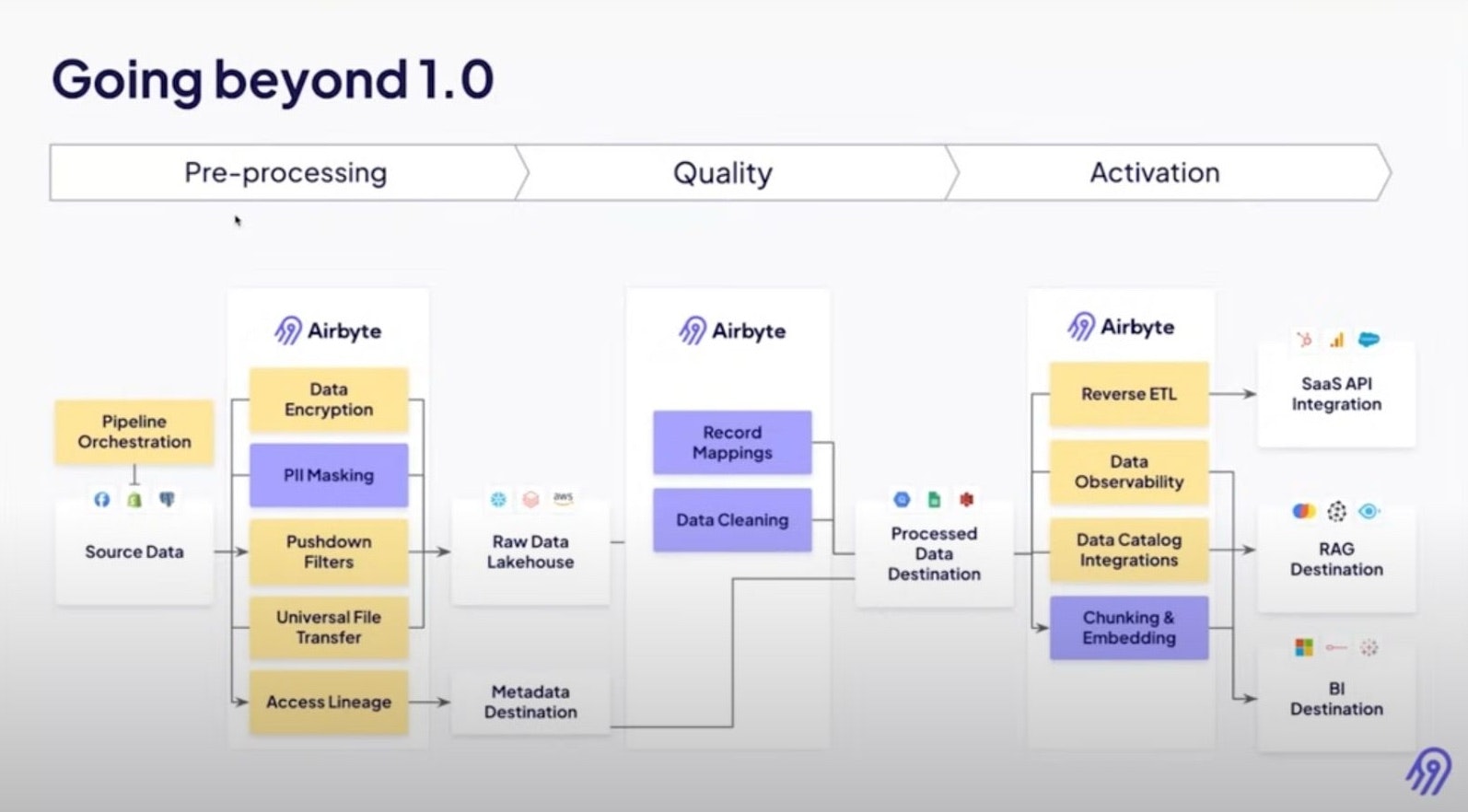
Airbyte 1.0
However, as of now, these activation-related features are still barely visible in the documentation or on the vendor’s website. Setting up Reverse ETL pipelines requires technical resources, and marketing teams are still waiting for a simple, business-friendly interface.
Top alternatives to Airbyte
Before choosing an alternative, start by clarifying your needs. Are you focused on data ingestion, analysis, or activation?
Each platform offers a different approach, with features tailored to different audiences — from data engineers to growth or marketing teams. Flexibility, governance, hosting model, and budget can also vary. The right solution depends on your context.
For data integration
These are tools primarily designed to automate data extraction and loading into data warehouses.
Fivetran
Fivetran is a market leader in ELT, praised for its 700+ managed connectors and easy deployment without infrastructure management. It offers a smooth experience with advanced monitoring, logging, and alerting tools.
In May 2025, Fivetran acquired Census to expand into data activation. While powerful, the platform can lack flexibility and become costly at scale.
Talend
Talend is a well-established data integration tool designed for complex environments. It offers a rich library of connectors, data quality and preparation tools, and strong governance and compliance features.
Talend is aimed at large IT projects with stringent security requirements, but remains a technical solution that is less aligned with Modern Data Stack standards.
For data activation
DinMo
DinMo is a composable CDP that helps teams operationalise their data across all channels. It enables marketing teams to activate the data stored in their data warehouse without relying on technical resources.
The solution offers simple, fast Reverse ETL deployment, compatible with platforms like Meta Ads, Google Ads, HubSpot, and Klaviyo. Its Customer Hub allows teams to create dynamic segments, automate campaigns, and track omnichannel performance using AI.
Designed for non-technical users, DinMo offers many advantages: it shortens campaign time-to-market and gives marketing teams greater autonomy in a secure and compliant framework. It’s the perfect complement to an integration tool like Airbyte.
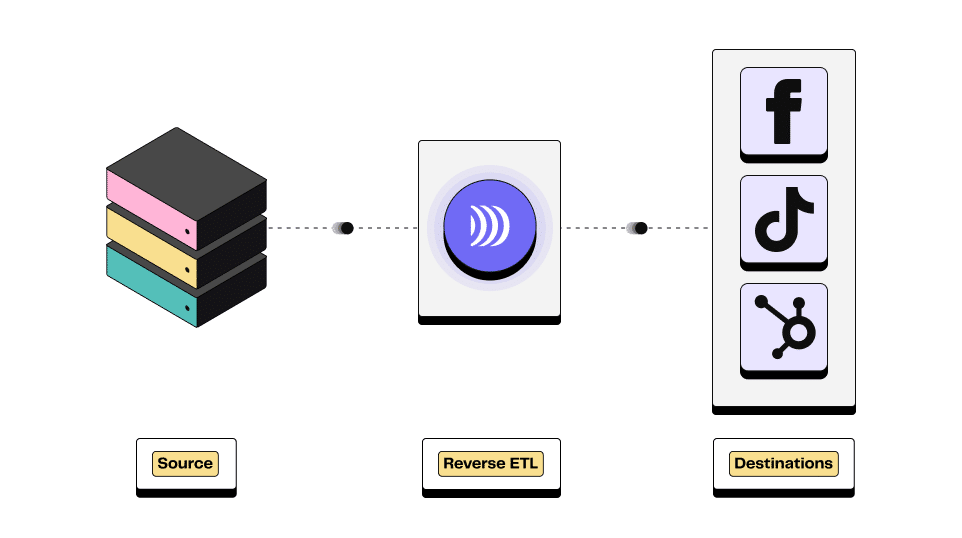
Illustration of Reverse ETL process
Rudderstack
Rudderstack is an infrastructure CDP aimed at developers, covering the full spectrum from integration to activation. It supports real-time data collection, customer profile unification, and activation across various tools.
The platform is open-source by design, and deployment requires strong engineering expertise. It’s more comprehensive than Airbyte when it comes to activation, but still primarily suited to technical teams.
Rivery
Rivery is a SaaS platform covering the full data lifecycle: ingestion, transformation, orchestration, and activation via Reverse ETL. It allows users to build no-code workflows, with an AI assistant guiding the configuration process.
More complete than Airbyte, it remains a premium tool with a technical interface, less focused on marketing-specific use cases. Unlike Airbyte, Rivery is not open source.
Conclusion
Airbyte is a solid solution for data ingestion, particularly suited to technical teams. However, for marketing activation or Reverse ETL needs, other tools may offer greater simplicity and business value.
The best choice depends on your use cases, technical resources, and business goals.
👉 Discover how DinMo helps you activate your customer data with full autonomy.
FAQ
What’s the main difference between Airbyte and Fivetran?
What’s the main difference between Airbyte and Fivetran?
Airbyte is open source and offers a high degree of flexibility for creating or modifying connectors. It’s designed for technical teams.
Fivetran, by contrast, provides a fully managed, 100% cloud-based solution with over 700 pre-built connectors. It’s easier to use, but also more expensive and less customisable.
What are the advantages of ELT compared to traditional ETL?
What are the advantages of ELT compared to traditional ETL?
ELT (Extract, Load, Transform) first loads raw data into the data warehouse, and then applies transformations. This allows for greater flexibility, improved scalability, and faster processing of large volumes.
Unlike ETL, ELT keeps all transformations within the warehouse, making auditing and maintenance easier.
How does Airbyte complement a tool like dbt?
How does Airbyte complement a tool like dbt?
Airbyte handles data ingestion from various sources and loads it into the data warehouse. dbt then transforms, structures, and prepares the data for analysis.
Together, they form a powerful ELT pipeline — from extraction to insights — while following Modern Data Stack best practices.

















